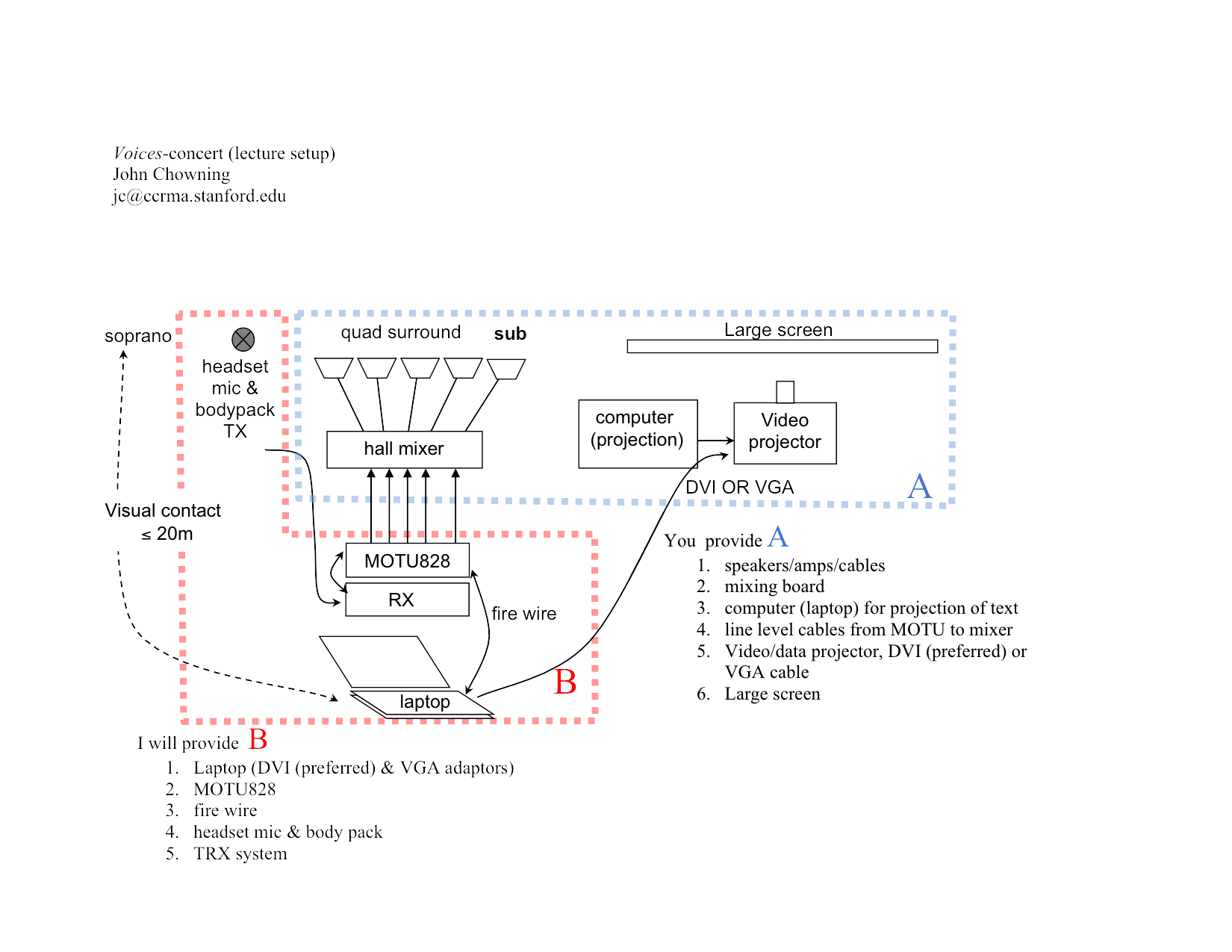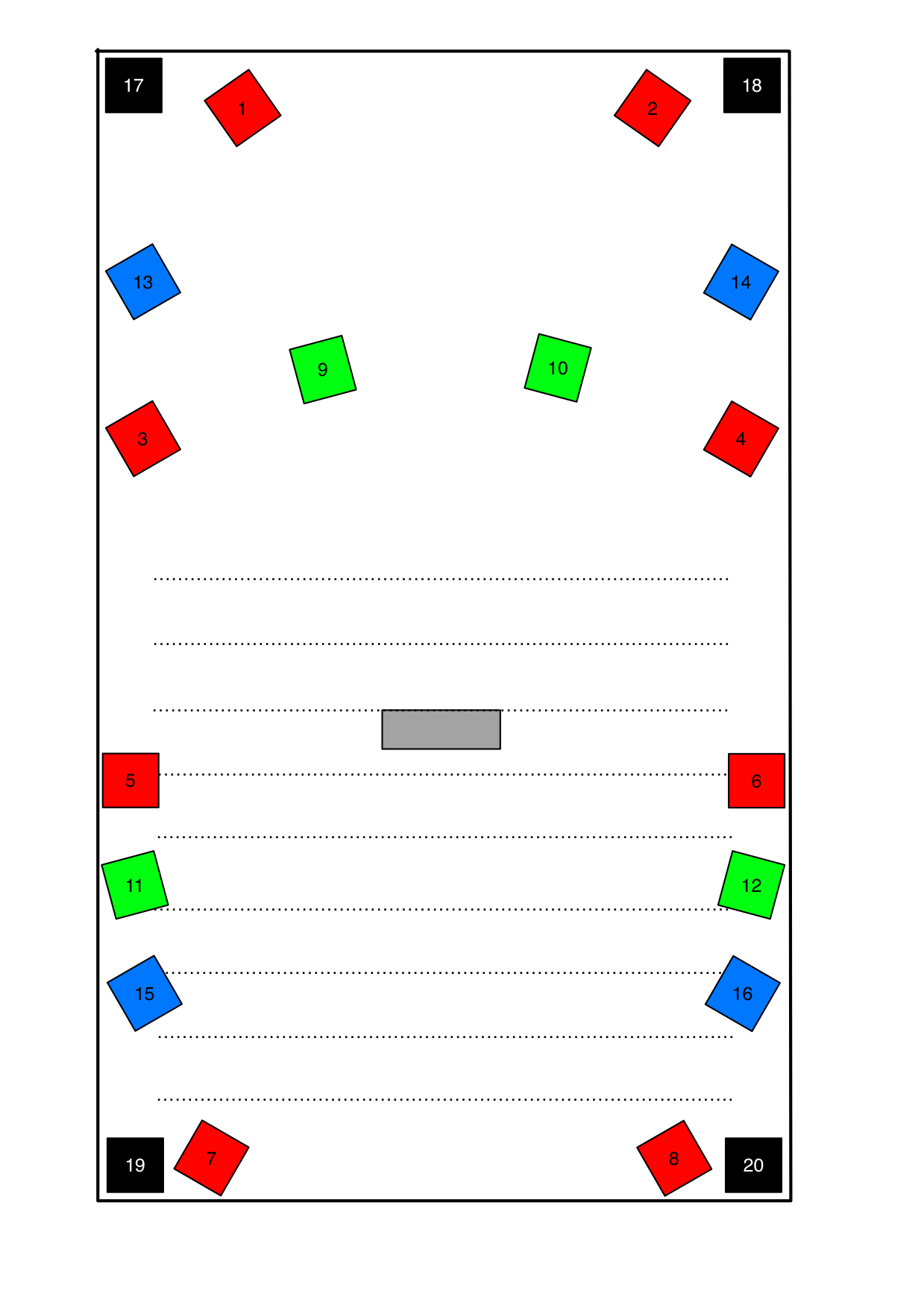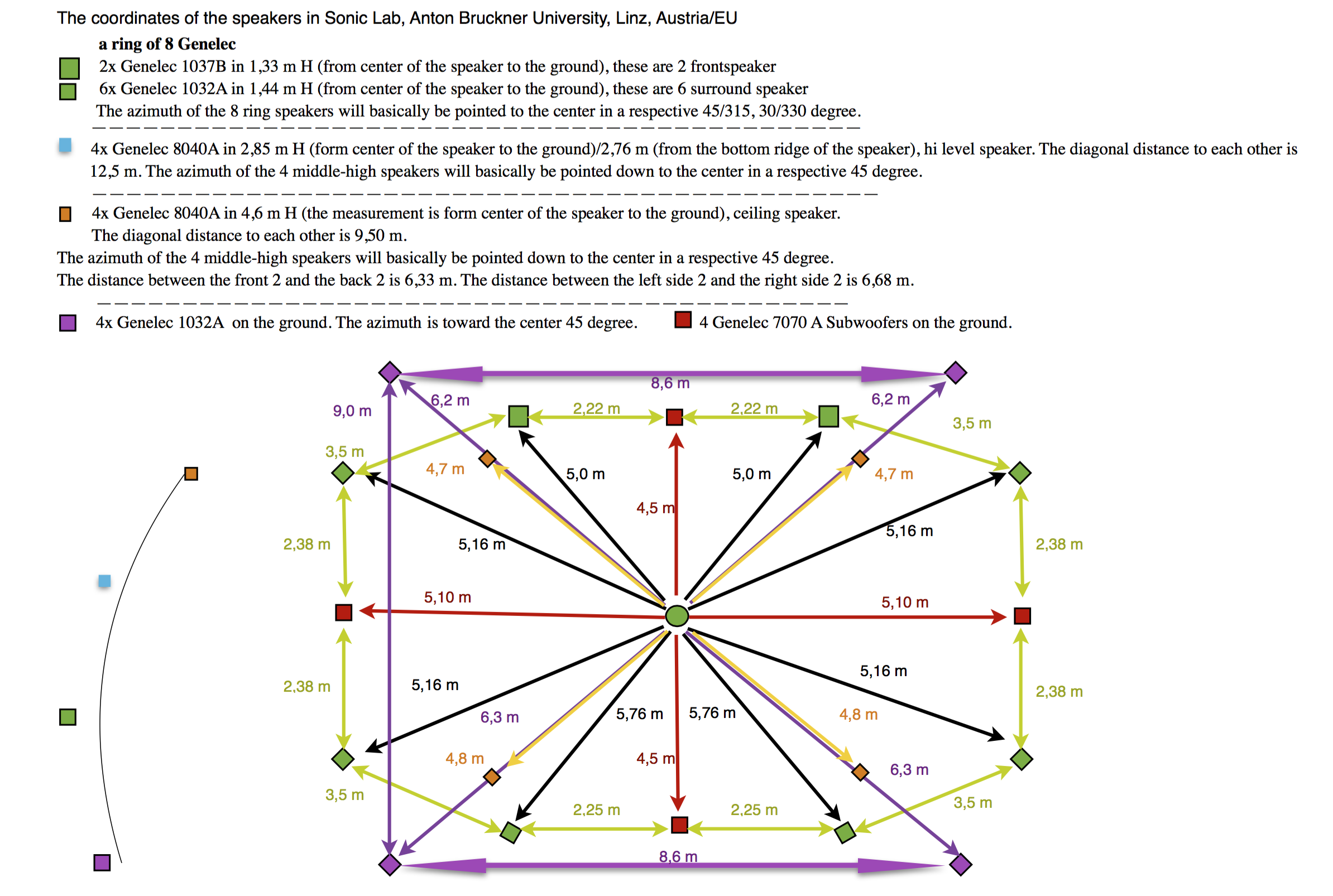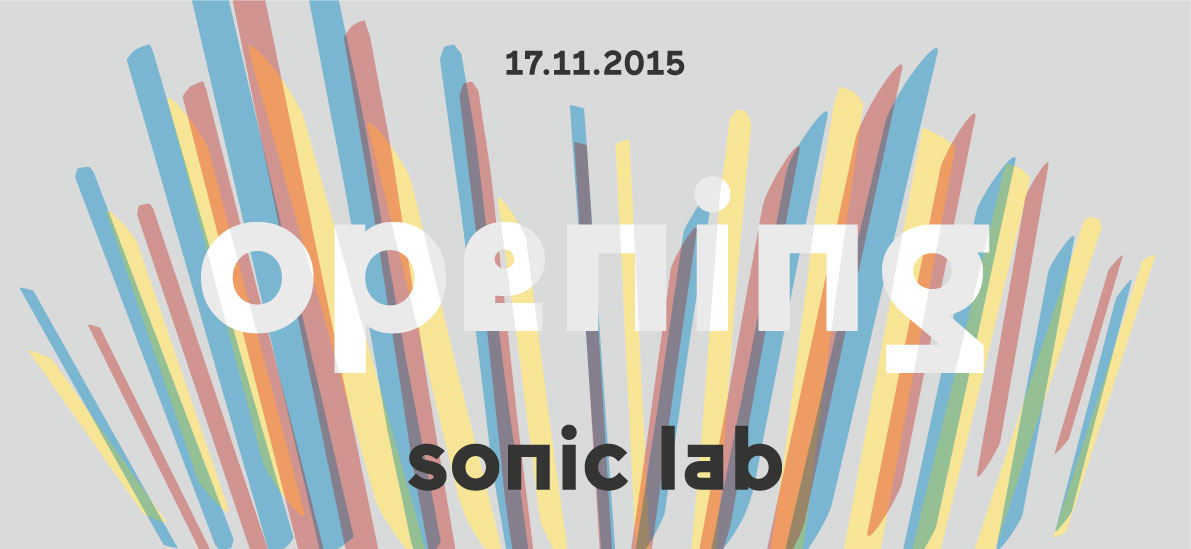
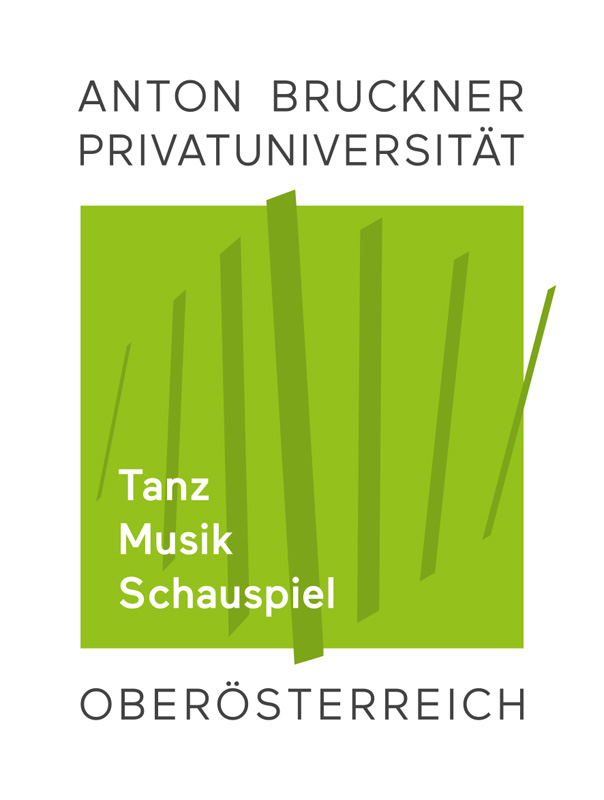

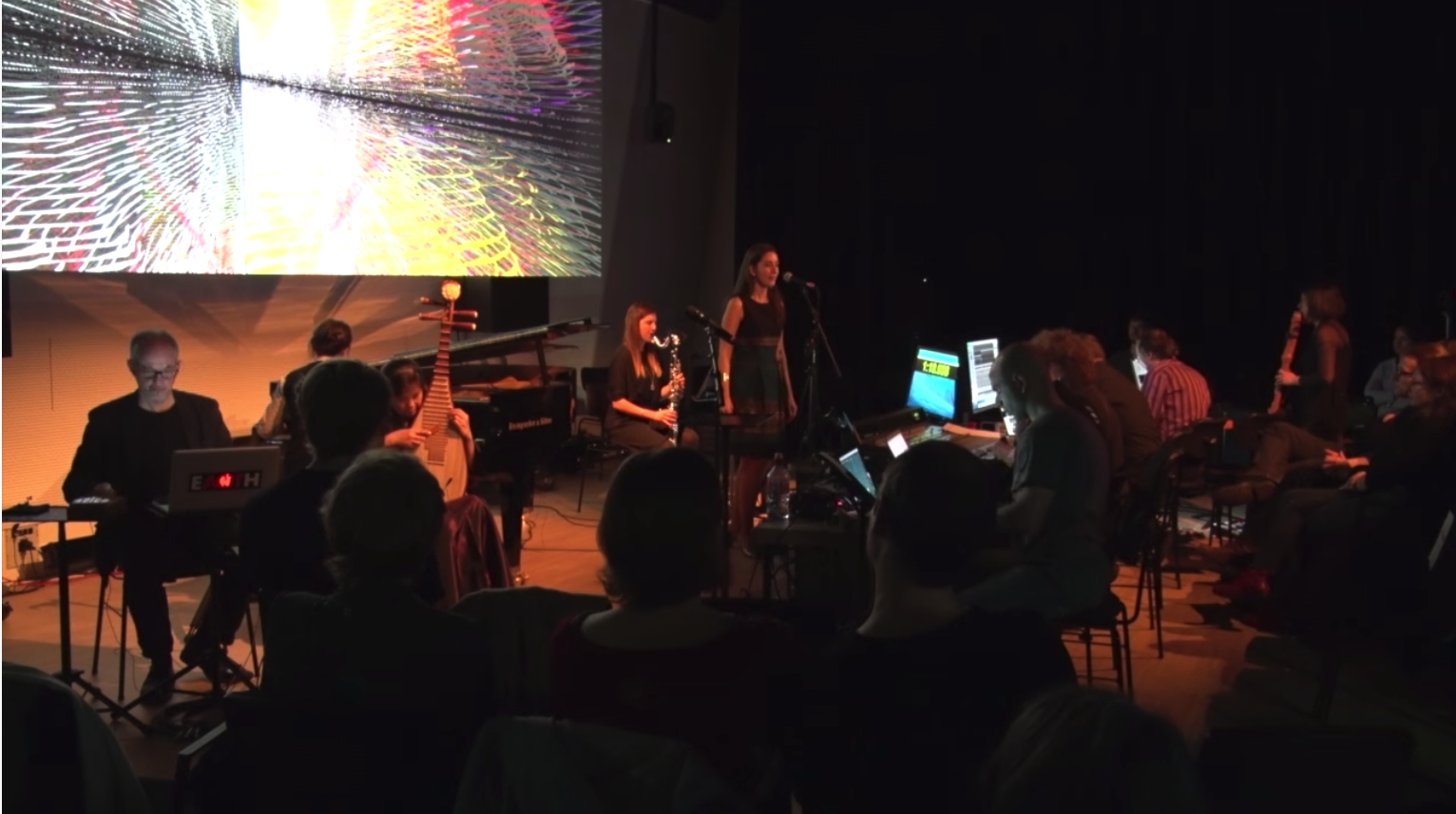

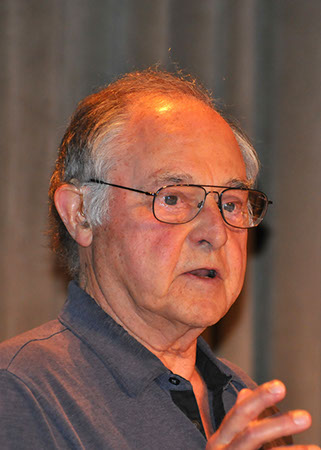
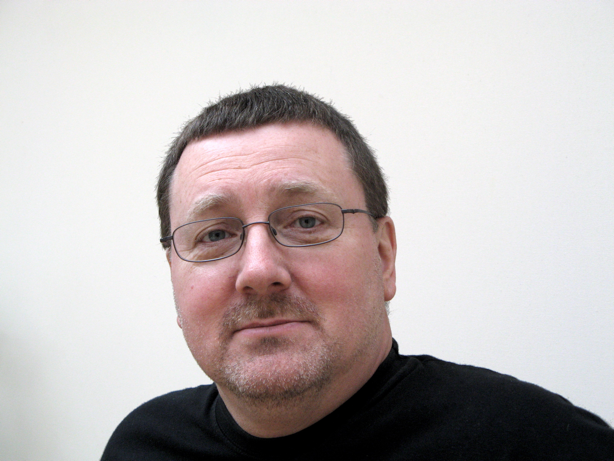



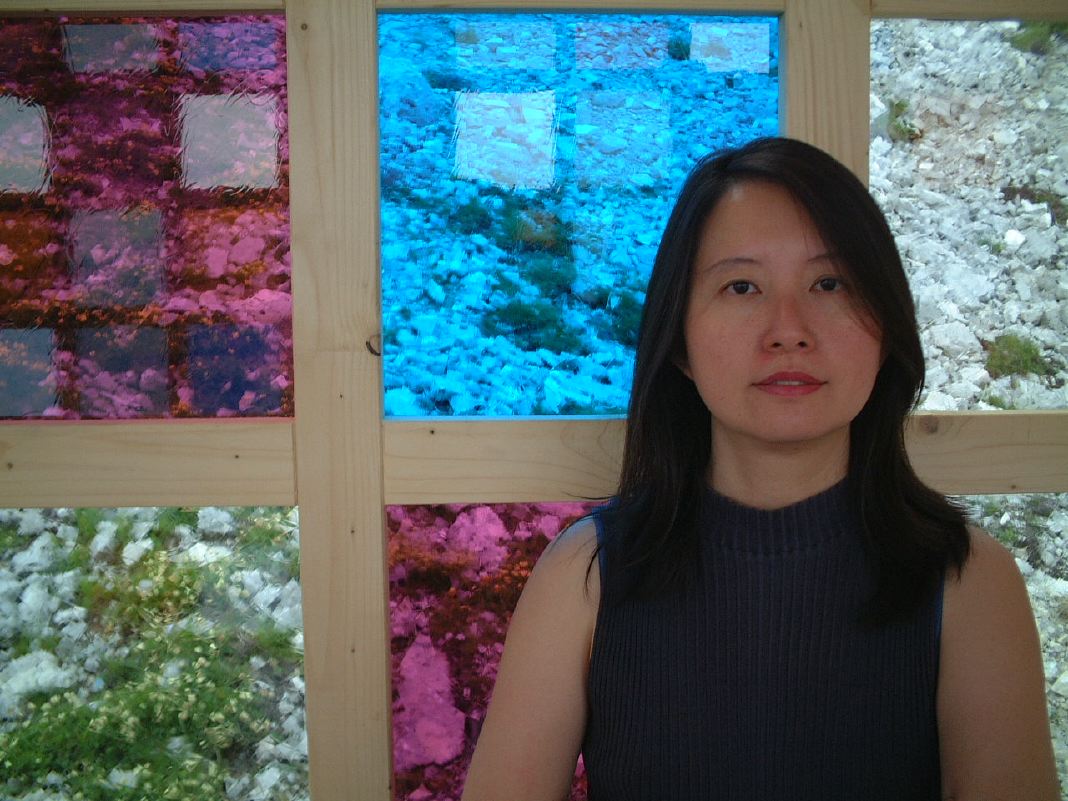
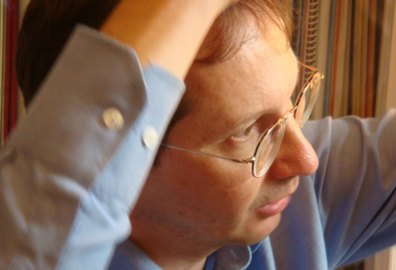
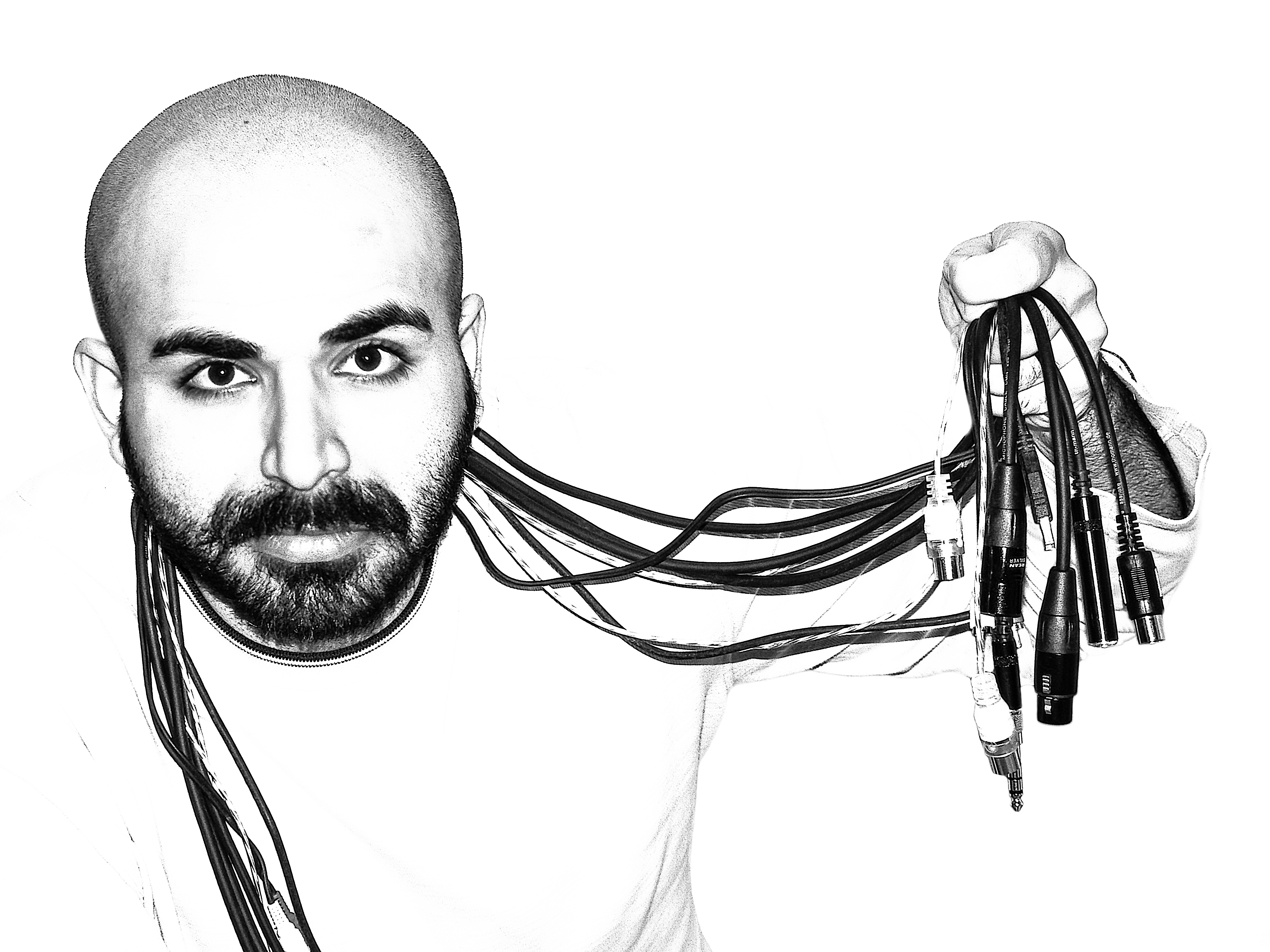
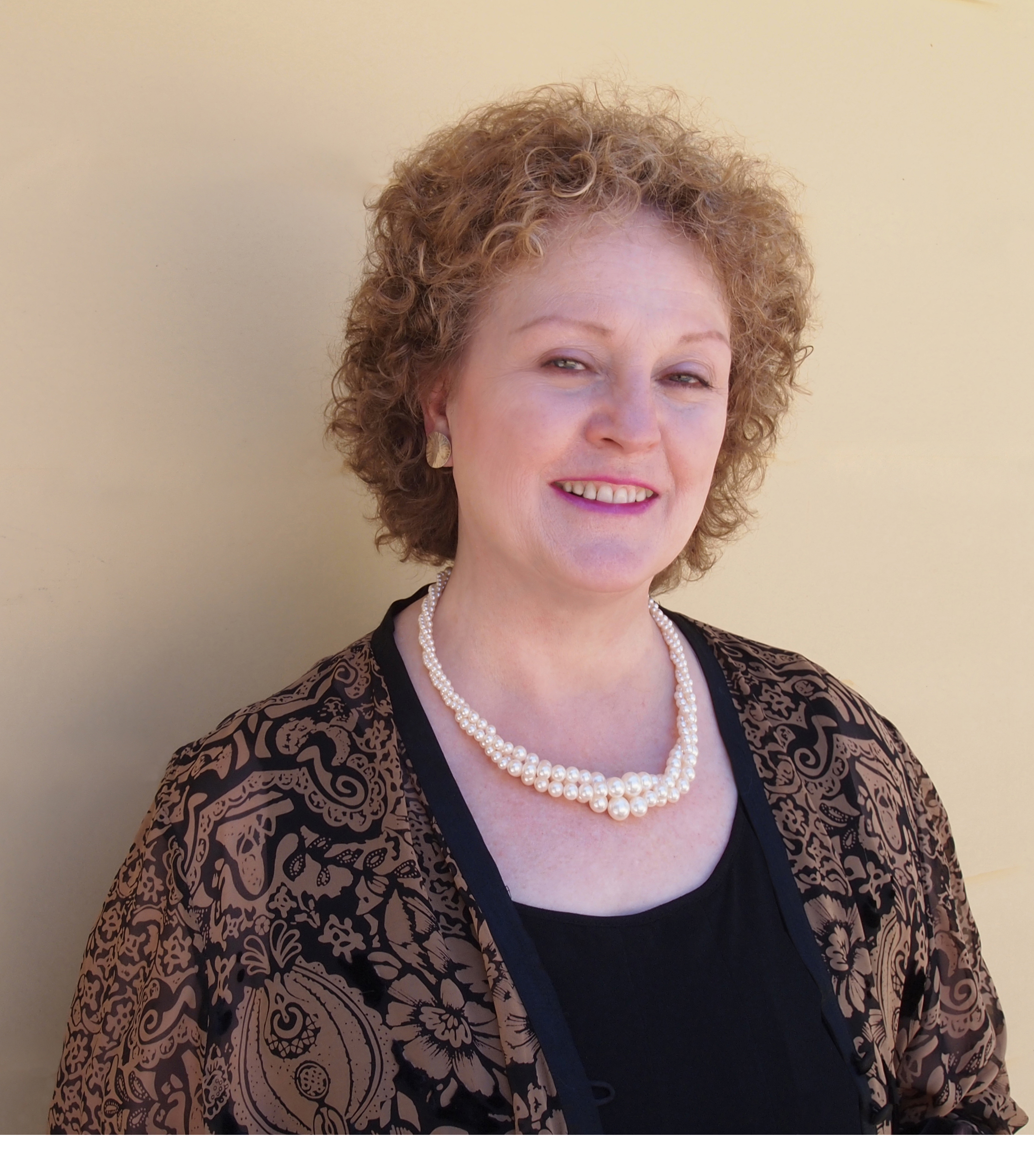
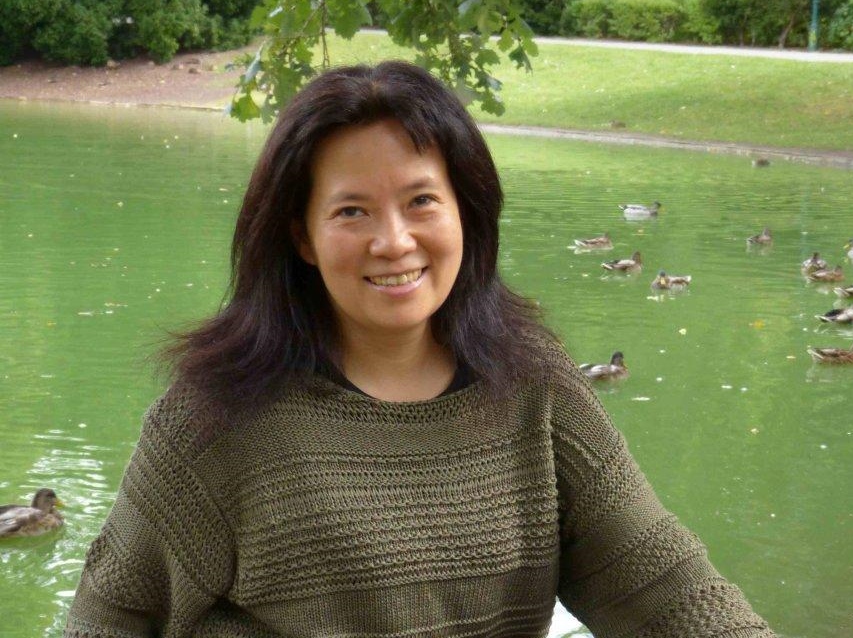
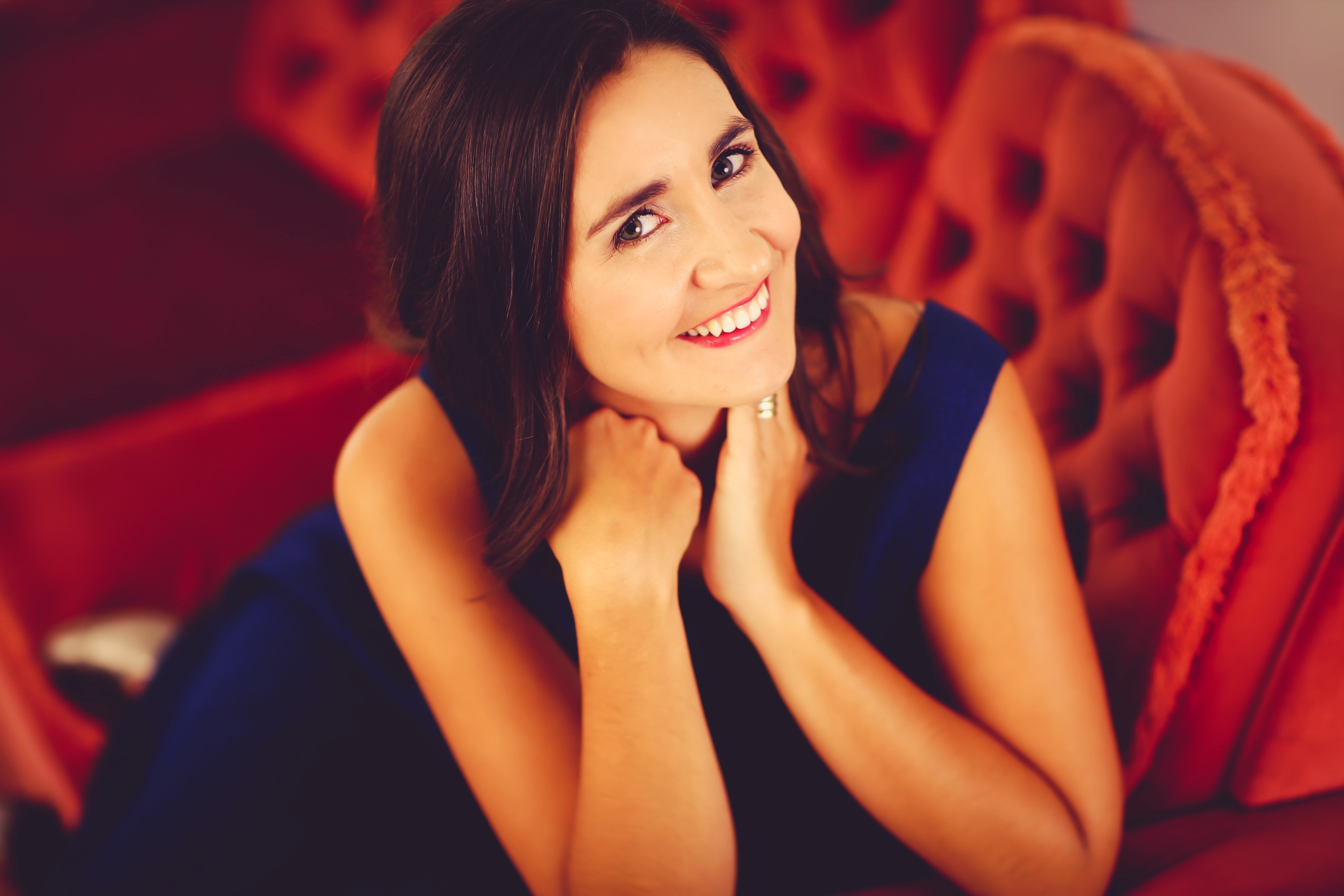
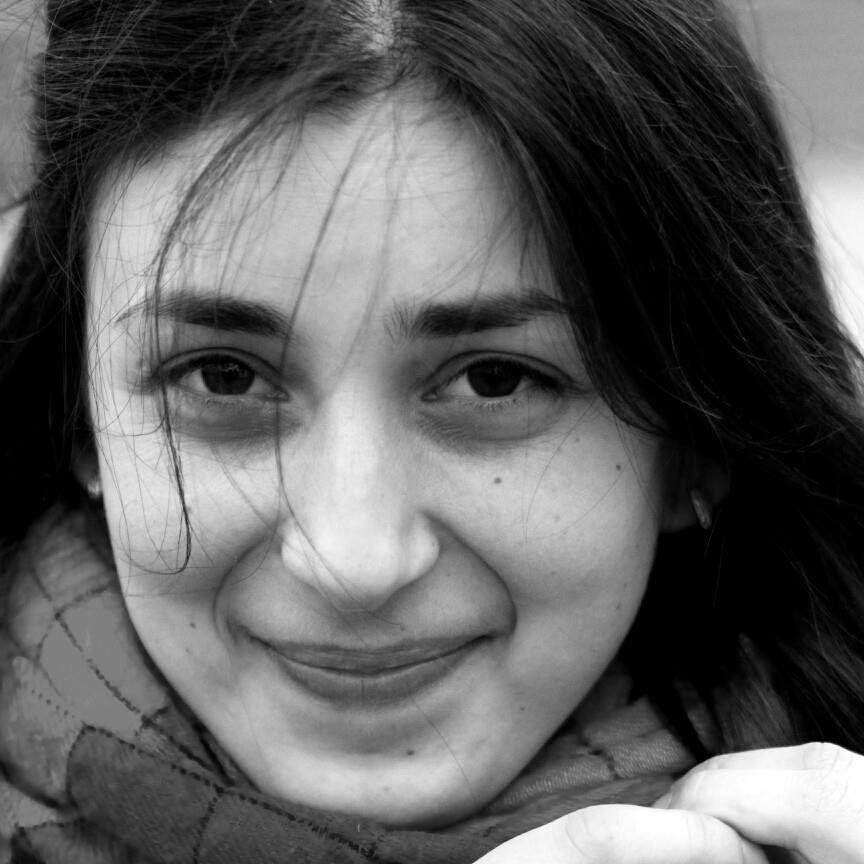
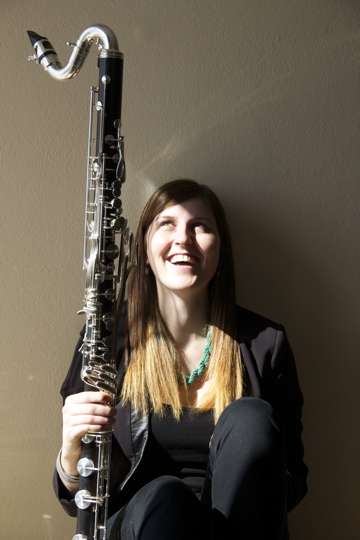

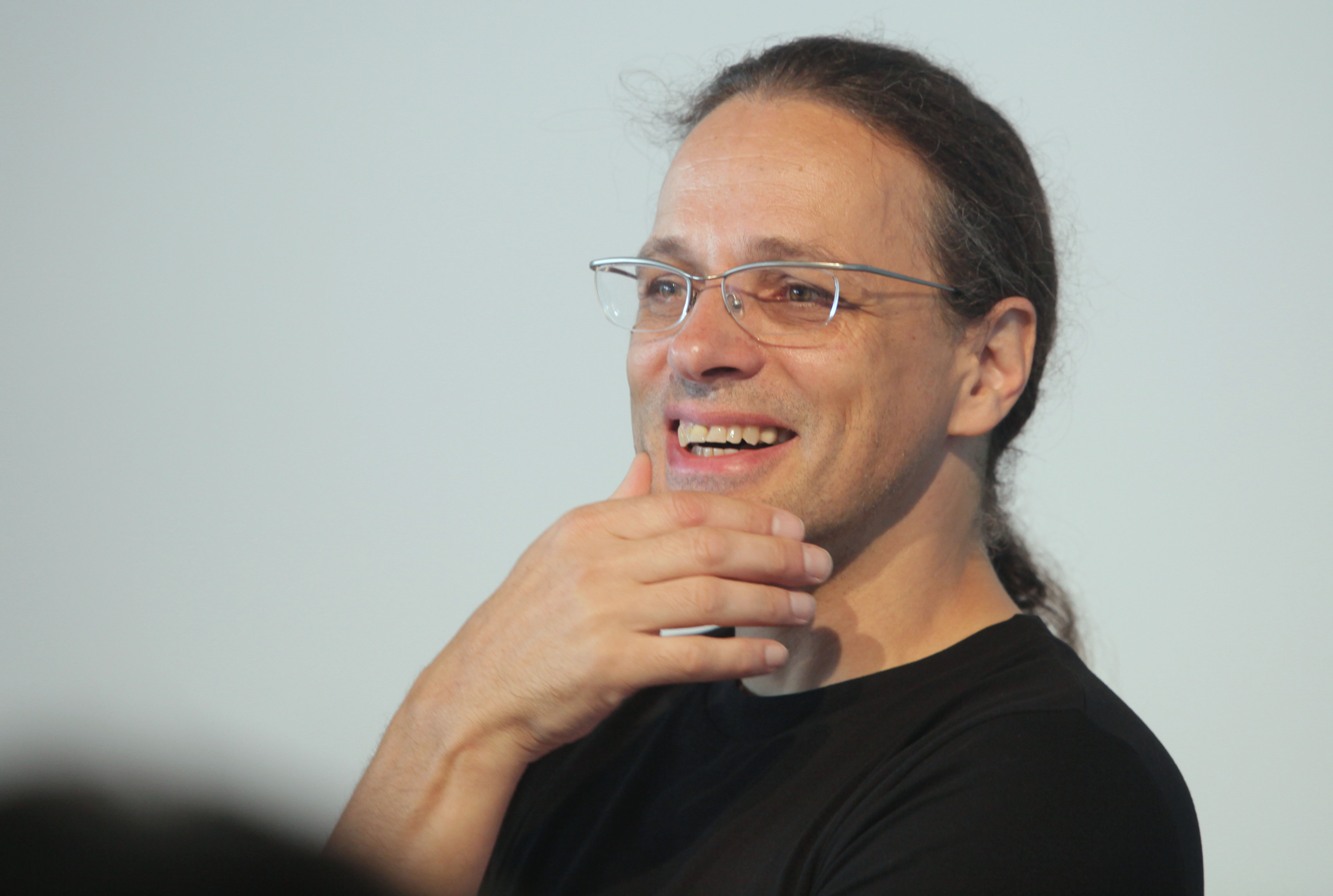



 Jonty Harrison, Komponist,
Keynote
Jonty Harrison, Komponist,
Keynote John Chowning, Komponist,
Keynote
John Chowning, Komponist,
Keynote Gerfried Stocker, AEC
Gerfried Stocker, AEC Karlheinz Essl -
Komposition
Karlheinz Essl -
Komposition Se-Lien Chuang -
Komposition, Live-Elektronik
Se-Lien Chuang -
Komposition, Live-ElektronikChuang Se-Lien
Komponistin,
Pianistin und Medienkünstlerin, 1965 in Taiwan geb., lebt
seit 1991 in Österreich.

 Andreas Weixler -
Organisation, Komposition, Live-Elektronik
Andreas Weixler -
Organisation, Komposition, Live-Elektronik Hassan Zanjirani
Farahani - Komposition
Hassan Zanjirani
Farahani - Komposition Maureen Chowning,
Sopran
Maureen Chowning,
Sopran Mariia Pankiv, Klavier
Mariia Pankiv, Klavier Julia Lenzbauer, Bassklarinette
Julia Lenzbauer, Bassklarinette Ming Wang, Pipa
Ming Wang, Pipa Elvire Ines Vigie De Paiva E Pona - Sopran
Elvire Ines Vigie De Paiva E Pona - Sopran Se-Lien
Chuang & Andreas Weixler
Se-Lien
Chuang & Andreas Weixler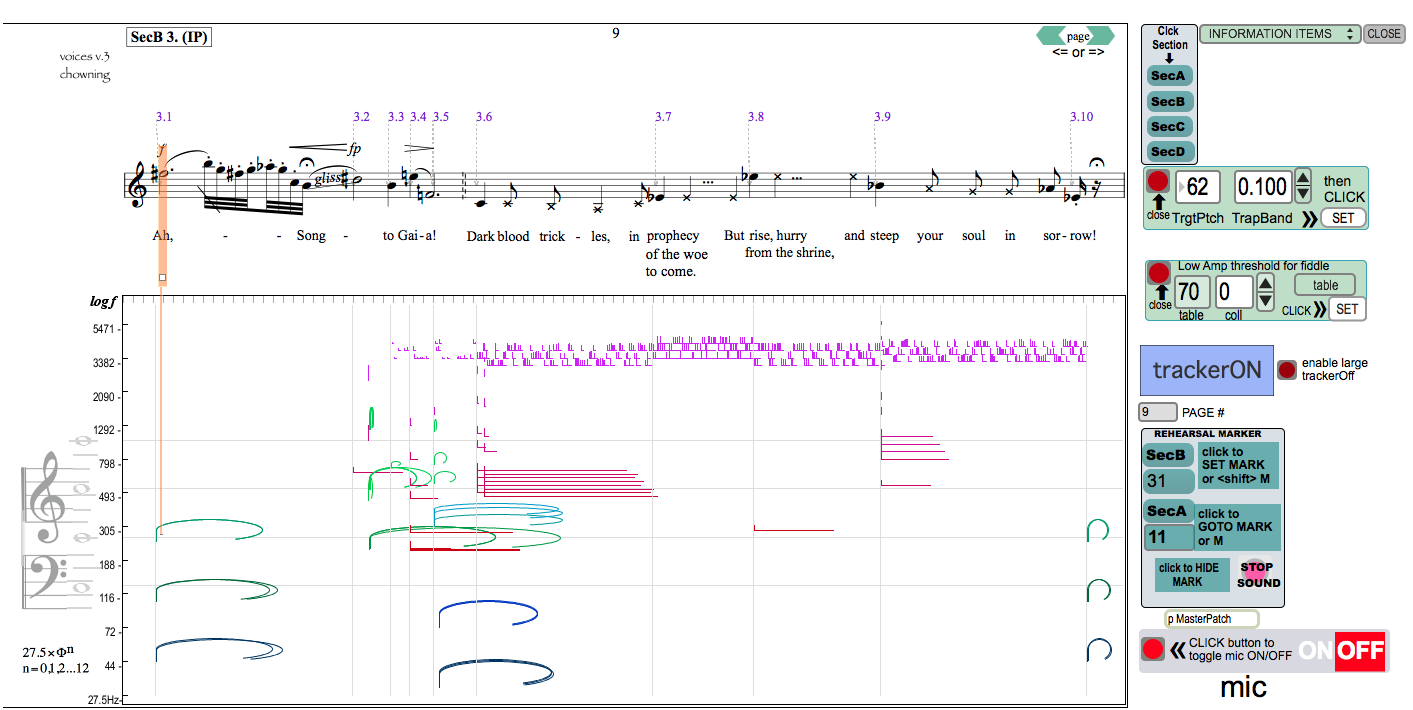 © John Chowning
© John Chowning
John Chowning
Voices -for Maureen Chowning- v.3 (2011)
for soprano and electronics
 © Se-Lien Chuang
© Se-Lien Chuang
Se-Lien Chuang
Nowhereland (2014, Austrian premiere)
for extended piano, bass clarinet, multichannel electroacoustics
and live electronics
The recording sounds of the arco-piano are used as compositional
material for the multichannel electroacoustics which serves as one
of the layers appear in the electroacoustic sounding landscape.At
the same time the acoustic instrumental sounds and the
electroacoustic sounds will be feeded into the realtime audio
processing for creating the another layer of the spatialised
soundspace which at this concert will be quadrophonic positioned.
Arco-piano is a special contemporary technique of performing the
piano with hairs of bows which gives a very sophisticated sound of
the piano. Se-Lien Chuang developed arco-piano technique to the
artistic point, where she can control polyphonic sound of the
bowed piano strings and their upcoming overtones.
Julia Lenzbauer - bass clarinet, Mariia Pankiv -
extended piano, Se-Lien Chuang - composition, live
electronics
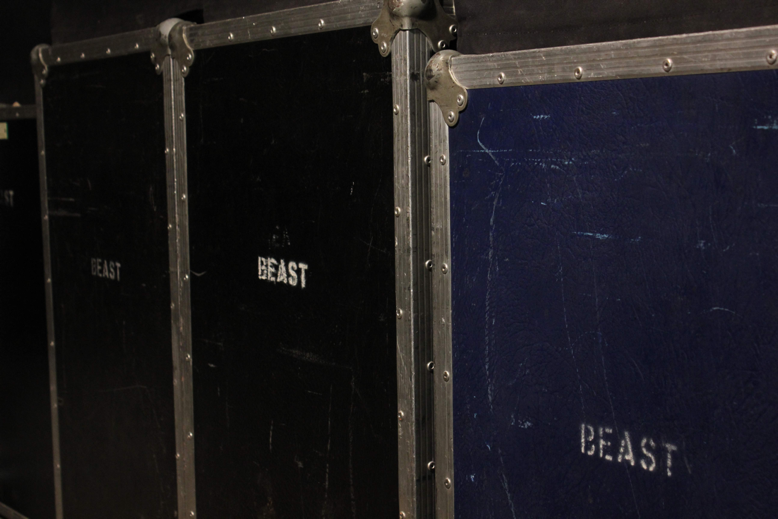 © Jonty Harrison
© Jonty Harrison © Andreas Weixler
© Andreas Weixler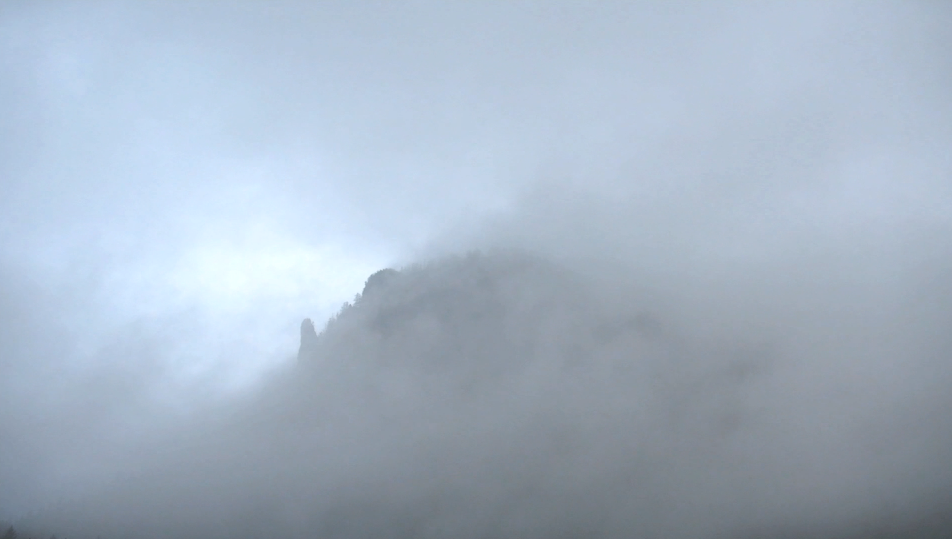 © Se-Lien Chuang
© Se-Lien Chuang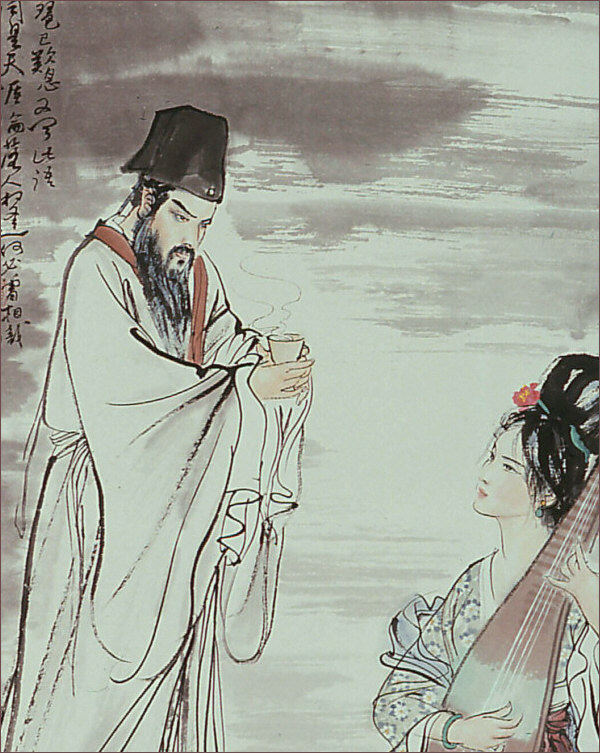 Gemälde von Yao Yuxin
Gemälde von Yao Yuxin © Se-Lien Chuang
© Se-Lien Chuang|
Programm |
|
|
|
Kanäle |
Dauern |
|
|
KONZERT |
REDE |
|
|
|
|
Hassan Zanjirani Farahani |
Das Unlogische
notwendig 2014 (für Sopran und Live-Elektronik) |
|
• Elvire De Pona, Sopran |
8 chdistribuiert |
7 |
|
Rektorin Ursula
Brandstätter
|
|
Willkommen
|
|
|
10 |
|
Andreas Weixler |
|
Entwicklung von SAMT zu CMS und SONIC LAB |
|
16 ch |
10 |
|
Gerfried Stocker |
|
regionaler Kontext |
|
|
10 |
|
Karlheinz Essl |
Autumn’s Leaving |
|
• Ming Wang, Pipa |
4 ch |
11 |
|
John Chowning |
Voices |
|
• Maureen Chowning, Sopran |
8 ch |
12 |
|
|
|
|
|
|
|
|
PAUSE |
|
|
Getränke, finger
food |
|
|
|
|
|
|
|
|
|
|
Andreas Weixler |
Wetterleuchten |
|
Video |
16 ch |
7 |
|
John Chowning |
|
Keynote |
|
|
15 |
|
Jonty Harrison |
|
Keynote |
|
24 ch |
15 |
|
Se-Lien Chuang |
Nowhereland |
|
• Julia Lenzbauer - Klarinette |
20 ch |
8 |
|
Jonty Harrison |
BEASTiary |
BEASTiary |
|
24 ch |
9 |
|
Momentum |
Momentum |
|
• all performer |
16 ch |
10 |
